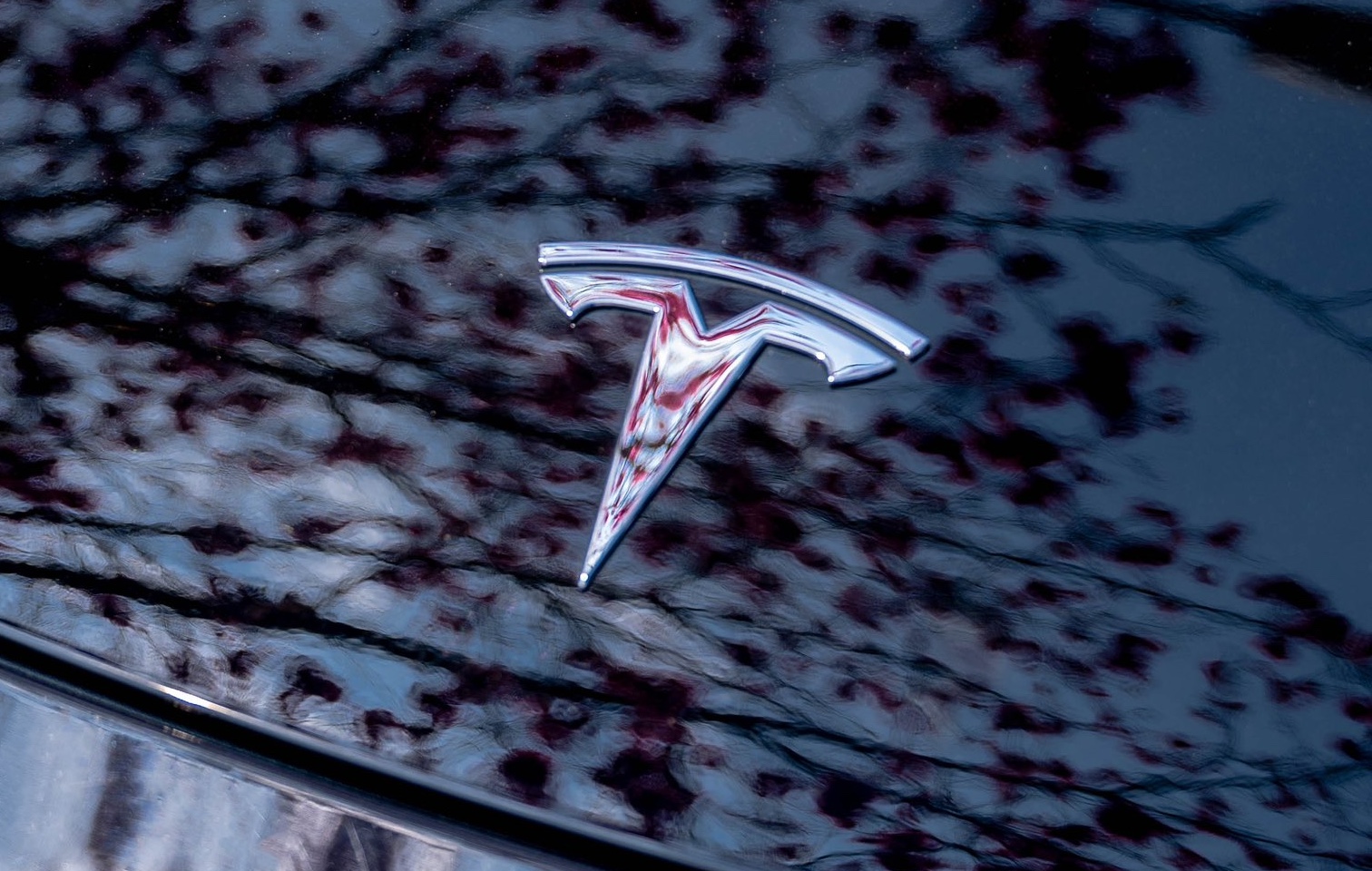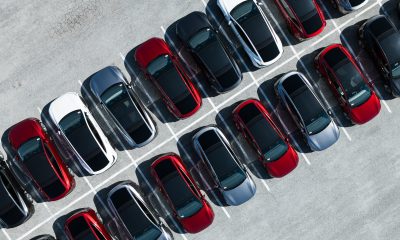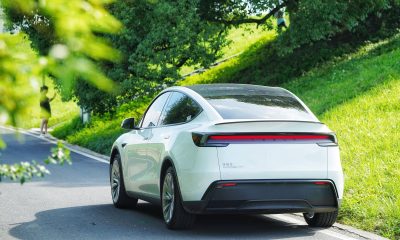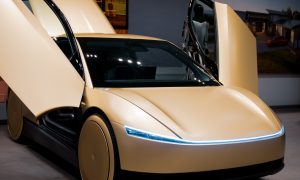Many in the Tesla and electric vehicle (EV) community have eagerly awaited the company’s rollout of a driverless ride-hailing service, and a few recent developments suggest that the company may be considering multiple U.S. cities for early pilot programs.
Tesla is in talks with Austin, Texas officials about rolling out early pilot programs for its self-driving robotaxis as early as next year, as reported by Bloomberg earlier this month, and echoing CEO Elon Musk’s previous aims to launch commercial robotaxis in 2025. As detailed in emails acquired by the publication through public record requests, a Tesla employee has already been discussing the deployment of such fleets since at least May, though the company has also been considering pilot deployment in other Texas cities.
“Tesla is still working to strategically find a city within Texas to deploy… The city of Austin is obviously on our roadmap, but has not yet been decided where we will deploy first as we have many options available,” wrote an employee in one email from November.
The report also said that Tesla reached out to the city of Austin ahead of its October 10 “We, Robot” event, during which it unveiled the Cybercab, and the employee expressed hopes to meet safety expectations in the city of Austin, along with training first responders on how to interact with autonomous vehicles.
Earlier this month, Tesla held an event at its Gigafactory in Austin to help train first responders on its autonomous vehicle technology, though the employee said it wouldn’t yet be used on public roads and would let officials know of any changes to that.
Tesla’s initial ride-hailing pilots could also target California, with internal tests already underway
During the company’s Q3 earnings call in October, Elon Musk also said that employees in the Bay Area, California were already testing ride-hailing services internally. Using the company’s development app, Tesla employees can already request rides and be taken to anywhere in the Bay, according to the CEO.
Both Texas and California cities make sense for Tesla’s initial rollout of commercial robotaxi services, especially given that Musk also said the company aims to debut ride-hailing services and “Unsupervised” Full Self-Driving (FSD) approval in both of these states in 2025, dependent upon regulatory approval. Musk also said that the current internal ride-hailing tests in the Bay Area utilize safety drivers initially, though it isn’t required to do so.
Watch Tesla’s FSD v13.2 navigate away from park in a tricky situation
READ MORE: Tesla is ramping its Cybercab testing sessions at Giga Texas
Earlier this month, a Deutsche Bank report noted that Head of Investor Relations Travis Axelrod said also said Tesla plans to utilize teleoperation during initial rollout of autonomous ride-hailing efforts, as a safety and redundancy measure. This will likely play a role wherever the company first deploys commercial ride-hailing efforts.
Tesla also teased a ride-hailing mobile app in its Q1 Shareholder Deck earlier this year, showing a summon button to order ride-hails, an estimated wait time, climate controls for during the ride, navigation details, and even the ability to select and cycle through music or other media options.
Credit: Tesla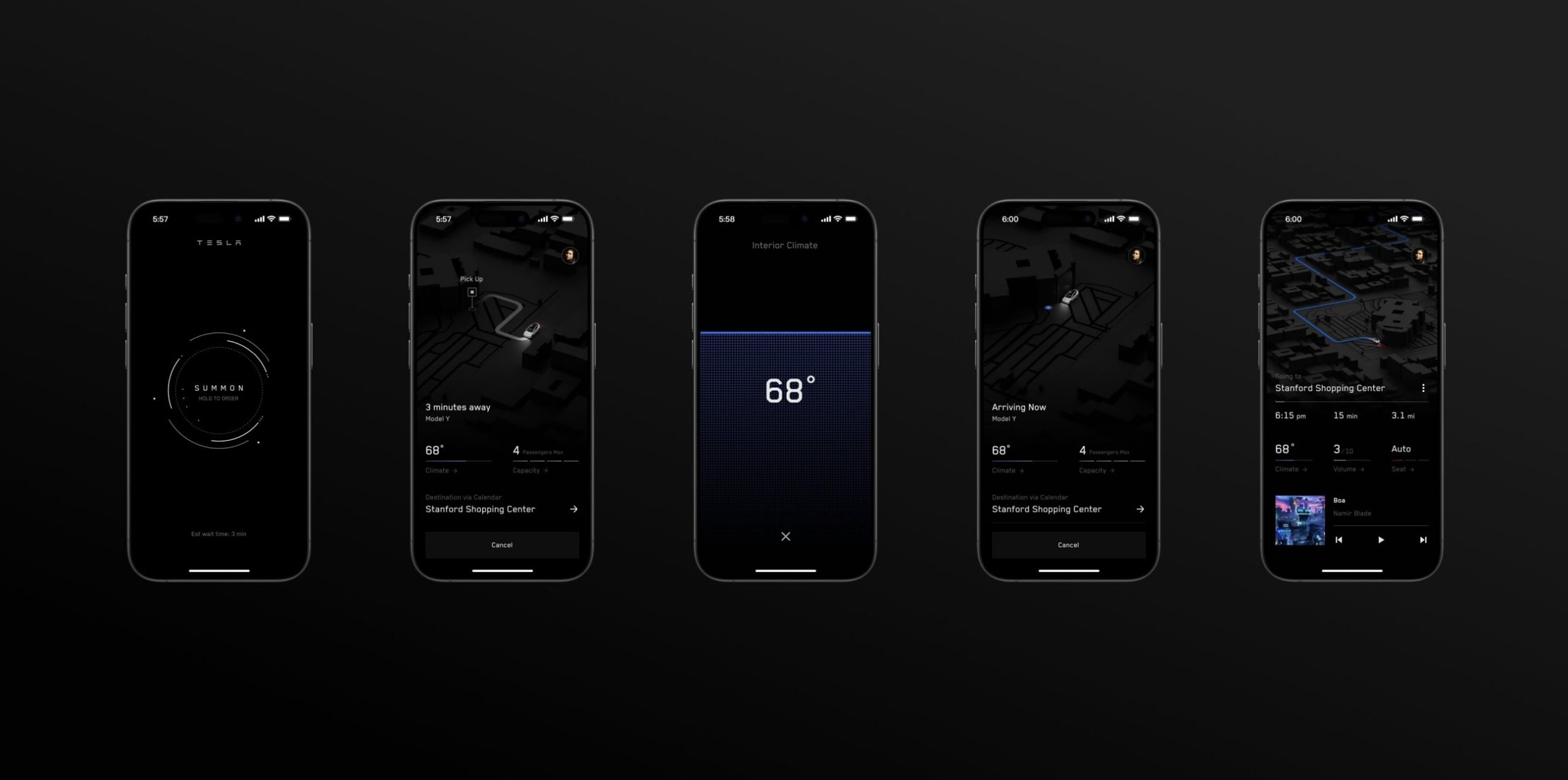
The mobile app avatar showed a Model Y, highlighting the ability for Tesla’s other vehicles to be eligible for ride-hailing operations through the Supervised Full Self-Driving (FSD) program, which is available to any owner who purchases the software through a subscription or one-time purchase.
Tesla Cybercab, Waymo and commercial robotaxis
We also learned in October that the Cybercab features a large touchscreen, in addition to excluding a steering wheel or pedals. You can catch our first ride in the Cybercab below, as captured during Tesla’s October 10 “We, Robot” event in Southern California.
?: Our FULL first ride in the @Tesla Cybercab pic.twitter.com/6gR7OgKRCz
— TESLARATI (@Teslarati) October 11, 2024
Both Texas and California make sense as locations Tesla would deploy early ride-hailing services, especially given its Fremont factory, Palo Alto engineering headquarters, and its competitor Waymo, which already operates paid driverless ride-hailing in San Francisco and Los Angeles.
Although Tesla isn’t expected to enter production with the Cybercab until 2026, the company’s other vehicles could be used to operate commercial self-driving at some point, though it also faces multiple competitors aiming to deploy these services.
Meanwhile, Waymo, the commercial robotaxi company backed by Google parent company Alphabet, has already been operating paid driverless ride-hailing in San Francisco since last year, and it has expanded services to Los Angeles, and Phoenix, Arizona throughout this year. This week, the company said it’s now giving over 150,000 paid driverless rides per week.
Amazon owns the driverless ride-hailing company Zoox, which has recently also gained some ground in deploying commercial self-driving ride-hailing vehicles in the Bay Area.
With General Motors (GM) recently announcing the end of its self-driving arm Cruise, one less future competitor remains for Tesla in the commercial robotaxi space. Musk joining the administration of incoming President Donald Trump is also widely expected to accelerate regulation efforts in the rollout of self-driving technology, though the urgency of the emerging market is quickly becoming clearer.
Still, Musk and Tesla supporters have argued that the company’s FSD will be more scalable than companies like Waymo utilizing geo-mapping efforts, due to its AI neural network model being trained on video footage from real-time drivers across the company’s ownership network. With added safety measures like teleoperation and safety drivers in its early rollout of commercial robotaxi services, Tesla may yet be able to gain enough public and regulatory trust to start deploying these services in the coming months.
What are your thoughts? Let me know at zach@teslarati.com, find me on X at @zacharyvisconti, or send us tips at tips@teslarati.com.
Need accessories for your Tesla? Check out the Teslarati Marketplace:
Elon Musk
Why Tesla’s Q3 could be one of its biggest quarters in history
Tesla could stand to benefit from the removal of the $7,500 EV tax credit at the end of Q3.

Tesla has gotten off to a slow start in 2025, as the first half of the year has not been one to remember from a delivery perspective.
However, Q3 could end up being one of the best the company has had in history, with the United States potentially being a major contributor to what might reverse a slow start to the year.
Earlier today, the United States’ House of Representatives officially passed President Trump’s “Big Beautiful Bill,” after it made its way through the Senate earlier this week. The bill will head to President Trump, as he looks to sign it before his July 4 deadline.
The Bill will effectively bring closure to the $7,500 EV tax credit, which will end on September 30, 2025. This means, over the next three months in the United States, those who are looking to buy an EV will have their last chance to take advantage of the credit. EVs will then be, for most people, $7,500 more expensive, in essence.
The tax credit is available to any single filer who makes under $150,000 per year, $225,000 a year to a head of household, and $300,000 to couples filing jointly.
Ending the tax credit was expected with the Trump administration, as his policies have leaned significantly toward reliance on fossil fuels, ending what he calls an “EV mandate.” He has used this phrase several times in disagreements with Tesla CEO Elon Musk.
Nevertheless, those who have been on the fence about buying a Tesla, or any EV, for that matter, will have some decisions to make in the next three months. While all companies will stand to benefit from this time crunch, Tesla could be the true winner because of its sheer volume.
If things are done correctly, meaning if Tesla can also offer incentives like 0% APR, special pricing on leasing or financing, or other advantages (like free Red, White, and Blue for a short period of time in celebration of Independence Day), it could see some real volume in sales this quarter.
You can now buy a Tesla in Red, White, and Blue for free until July 14 https://t.co/iAwhaRFOH0
— TESLARATI (@Teslarati) July 3, 2025
Tesla is just a shade under 721,000 deliveries for the year, so it’s on pace for roughly 1.4 million for 2025. This would be a decrease from the 1.8 million cars it delivered in each of the last two years. Traditionally, the second half of the year has produced Tesla’s strongest quarters. Its top three quarters in terms of deliveries are Q4 2024 with 495,570 vehicles, Q4 2023 with 484,507 vehicles, and Q3 2024 with 462,890 vehicles.
Elon Musk
Tesla Full Self-Driving testing continues European expansion: here’s where
Tesla has launched Full Self-Driving testing in a fifth European country ahead of its launch.

Tesla Full Self-Driving is being tested in several countries across Europe as the company prepares to launch its driver assistance suite on the continent.
The company is still working through the regulatory hurdles with the European Union. They are plentiful and difficult to navigate, but Tesla is still making progress as its testing of FSD continues to expand.
Today, it officially began testing in a new country, as more regions open their doors to Tesla. Many owners and potential customers in Europe are awaiting its launch.
On Thursday, Tesla officially confirmed that Full Self-Driving testing is underway in Spain, as the company shared an extensive video of a trip through the streets of Madrid:
Como pez en el agua …
FSD Supervised testing in Madrid, Spain
Pending regulatory approval pic.twitter.com/txTgoWseuA
— Tesla Europe & Middle East (@teslaeurope) July 3, 2025
The launch of Full Self-Driving testing in Spain marks the fifth country in which Tesla has started assessing the suite’s performance in the European market.
Across the past several months, Tesla has been expanding the scope of countries where Full Self-Driving is being tested. It has already made it to Italy, France, the Netherlands, and Germany previously.
Tesla has already filed applications to have Full Self-Driving (Supervised) launched across the European Union, but CEO Elon Musk has indicated that this particular step has been the delay in the official launch of the suite thus far.
In mid-June, Musk revealed the frustrations Tesla has felt during its efforts to launch its Full Self-Driving (Supervised) suite in Europe, stating that the holdup can be attributed to authorities in various countries, as well as the EU as a whole:
Tesla Full Self-Driving’s European launch frustrations revealed by Elon Musk
“Waiting for Dutch authorities and then the EU to approve. Very frustrating and hurts the safety of people in Europe, as driving with advanced Autopilot on results in four times fewer injuries! Please ask your governing authorities to accelerate making Tesla safer in Europe.”
Waiting for Dutch authorities and then the EU to approve.
Very frustrating and hurts the safety of people in Europe, as driving with advanced Autopilot on results in four times fewer injuries!
Please ask your governing authorities to accelerate making Tesla safer in Europe. https://t.co/QIYCXhhaQp
— Elon Musk (@elonmusk) June 11, 2025
Tesla said last year that it planned to launch Full Self-Driving in Europe in 2025.
Elon Musk
xAI’s Memphis data center receives air permit despite community criticism
xAI welcomed the development in a post on its official xAI Memphis account on X.
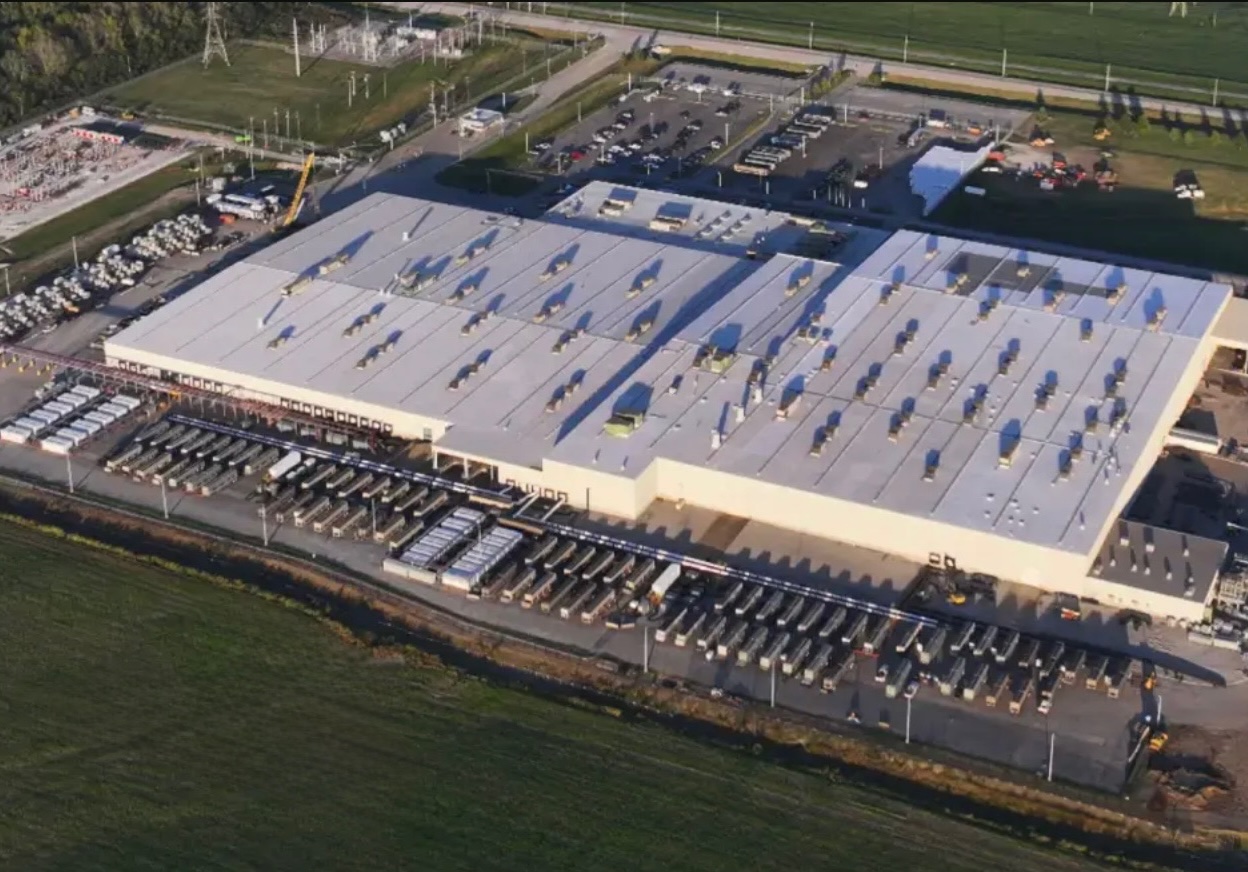
Elon Musk’s artificial intelligence startup xAI has secured an air permit from Memphis health officials for its data center project, despite critics’ opposition and pending legal action. The Shelby County Health Department approved the permit this week, allowing xAI to operate 15 mobile gas turbines at its facility.
Air permit granted
The air permit comes after months of protests from Memphis residents and environmental justice advocates, who alleged that xAI violated the Clean Air Act by operating gas turbines without prior approval, as per a report from WIRED.
The Southern Environmental Law Center (SELC) and the NAACP has claimed that xAI installed dozens of gas turbines at its new data campus without acquiring the mandatory Prevention of Significant Deterioration (PSD) permit required for large-scale emission sources.
Local officials previously stated the turbines were considered “temporary” and thus not subject to stricter permitting. xAI applied for an air permit in January 2025, and in June, Memphis Mayor Paul Young acknowledged that the company was operating 21 turbines. SELC, however, has claimed that aerial footage shows the number may be as high as 35.
Critics are not giving up
Civil rights groups have stated that they intend to move forward with legal action. “xAI’s decision to install and operate dozens of polluting gas turbines without any permits or public oversight is a clear violation of the Clean Air Act,” said Patrick Anderson, senior attorney at SELC.
“Over the last year, these turbines have pumped out pollution that threatens the health of Memphis families. This notice paves the way for a lawsuit that can hold xAI accountable for its unlawful refusal to get permits for its gas turbines,” he added.
Sharon Wilson, a certified optical gas imaging thermographer, also described the emissions cloud in Memphis as notable. “I expected to see the typical power plant type of pollution that I see. What I saw was way worse than what I expected,” she said.
-

 Elon Musk3 days ago
Elon Musk3 days agoTesla investors will be shocked by Jim Cramer’s latest assessment
-

 News1 week ago
News1 week agoTesla Robotaxi’s biggest challenge seems to be this one thing
-

 News2 weeks ago
News2 weeks agoTexas lawmakers urge Tesla to delay Austin robotaxi launch to September
-

 Elon Musk2 weeks ago
Elon Musk2 weeks agoFirst Look at Tesla’s Robotaxi App: features, design, and more
-
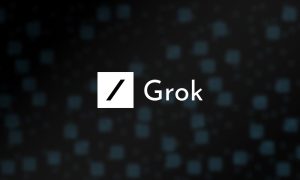
 Elon Musk2 weeks ago
Elon Musk2 weeks agoxAI’s Grok 3 partners with Oracle Cloud for corporate AI innovation
-

 News2 weeks ago
News2 weeks agoSpaceX and Elon Musk share insights on Starship Ship 36’s RUD
-

 News2 weeks ago
News2 weeks agoWatch Tesla’s first driverless public Robotaxi rides in Texas
-

 News2 weeks ago
News2 weeks agoTesla has started rolling out initial round of Robotaxi invites

